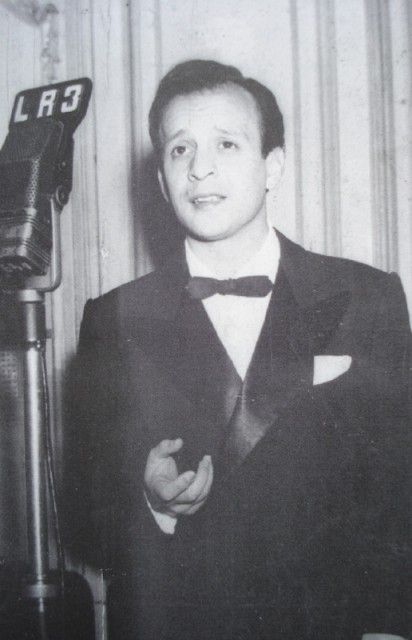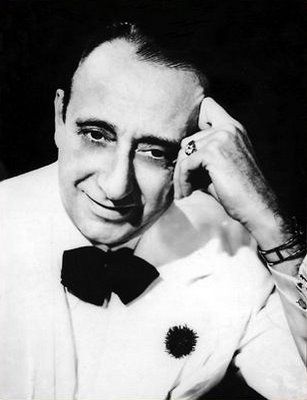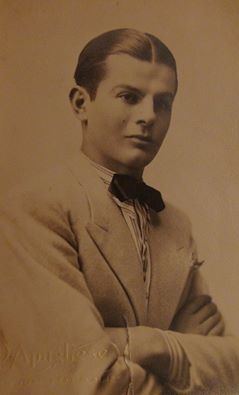“En un beso la vida” by Carlos Di Sarli y su Orquesta Típica with Roberto Rufino, 1940.
 Roberto Rufino
Roberto Rufino
Singer and composer
(6 January 1922 – 24 February 1999)
Listening to Roberto Rufino when he sang “María” or “La novia ausente” or “Malena” or any of the tangos he had chosen for his repertoire, was to realize that that tango was unraveling little by little and that the words sprang up separately, without forsaking the whole that gathered them, with the proper strength they had to have in their context.
Rufino was that: a storyteller, a phraser, an interpreter that perfectly knew which was the meaning of what he was singing.
He was born on January 6, 1922, on 753 Agüero Street —in the heart of the neighborhood of el Abasto—, son of Lorenzo Rufino and Agustina Guirin, although in his birth certificate is written the day he was filed on the records, on the 8th day of that same month and year. A little bit yonder, on Agüero and Guardia Vieja Streets, the café O’Rondeman was where Carlos Gardel attempted his early songs. A premonition? Maybe, because Rufino also started at the old café of his neighborhood, which still was run by the Traverso brothers. But there is a further coincidence: in the same year, 1935, his father and Gardel died. And in 1936, a few days after the cortege which was mourning Carlitos to his final abode had passed along Corrientes street, “El pibe del Abasto” —as he was called since the early days at O’Rondeman, made his professional debut; he was also called “El pibe Terremoto”— at the Café El Nacional, as the vocalist of the Francisco Rosse typical orchestra, to switch, a little bit later, to Petit Salón, with Antonio Bonavena orchestra, composer of “Pájaro ciego” and uncle of the would-be boxer.
But we are still in the singer’s prehistory. Continue reading at www.todotango.com...
Listen and buy:
 |
 |
We have lots more music and history…
If you are in the San Francisco Bay Area and want to learn to dance Tango, you can:








